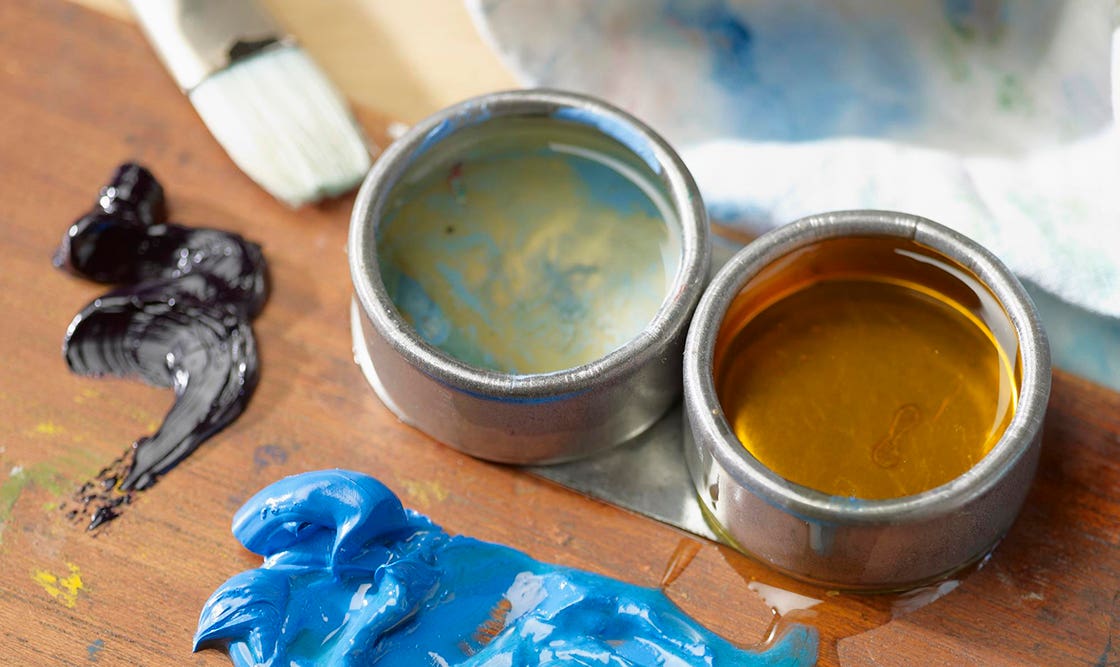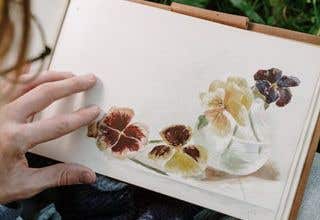How to Choose the Right Paint
When it comes to paint, you want to choose high-quality ones that are made with pure pigment. Look for brands that offer quality pigments that are manufactured with archival quality materials. This will go a long way in ensuring that your creations do not fade over time.
We recommend taking the guesswork out of choosing individual pigments and starting with a set of oil paints. With carefully curated colours and thoughtfully chosen accessories, our painting sets offer the aspiring or returning artist an excellent starting point. Not only does a set take the guesswork out of what to buy, it also gives you artistic parameters to work within. By limiting colour options while you gain new skills, the focus for your development can be more targeted. Eventually you might grow out of your starter set and feel comfortable building a broader collection of paints and other accessories. Great! But for now, a starting point is all you need.
Take a look at our recent article that outlines the differences between all four ranges of Winsor & Newtown oils. Whether you want a premium paint, or if price is the deciding factor for you, you can weigh up your options here.
Mediums
Linseed oil: This oil medium is made from flax seeds and is an essential element when painting with oil paint. Linseed oil is commonly used to thin oil paint for glazing techniques, giving it more fluidity and transparency. It also evaporates slowly, which means the oil painting will dry slower, allowing the artist to blend the colours better. However, too much linseed oil can lead to yellowing of the paint as it ages.
Sansodor: This is a solvent used to dilute oil paint instead of turpentine. It is also an excellent brush cleaner that dissolves oil paint well. Sansodor is often preferred to other solvents due to its low toxicity and odorless properties. It is perfect for those who have sensitive skin or who are concerned about the environment.
Liquin: This is a synthetic resin that comes in different formulas for various uses. Liquin can be added to oil paint to speed up the drying process, which is immensely useful when working on a tight deadline. It also provides a glossy finish and is perfect for creating texture and depth in oil paintings. However, it is essential to use it sparingly as it can darken the paint over time.
Safflower oil: This oil medium is perfect for painting techniques that require less yellowing over time. Safflower oil is paler in colour and stays truer to its original colour after decades of aging compared to other oil mediums. It also dries slower than linseed oil, making it an ideal medium for wet-on-wet painting techniques, allowing artists to work more freely with their colours.
Turpentine: Turpentine is a thin, volatile liquid distilled from the resin of pine trees or related conifers. It can be used as a solvent or diluted with linseed oil to create mediums. Turpentine is a popular medium used in oil painting because it thins paint and makes it flow more easily. It also evaporates quickly, which makes it ideal for use in the early stages of painting when you want to remove any mistakes or add thin layers of paint.
Now that you have paint and mediums covered, the next step is brushes! Check out our helpful article that outlines the different brush shapes you should expect to find instore or online. Whether you are painting, landscapes, portraits or something more abstract, you can find everything you need to know about brushes here.
Oil painting is a rich and rewarding medium that offers endless opportunities for exploration and creativity. It may take some practice to get the hang of it, but don't be discouraged if things don't go perfectly at first. Keep learning, experimenting, and enjoying the process, and you'll soon see your skills improve. Remember to choose high-quality materials, practice different techniques, and most importantly, have fun!
















